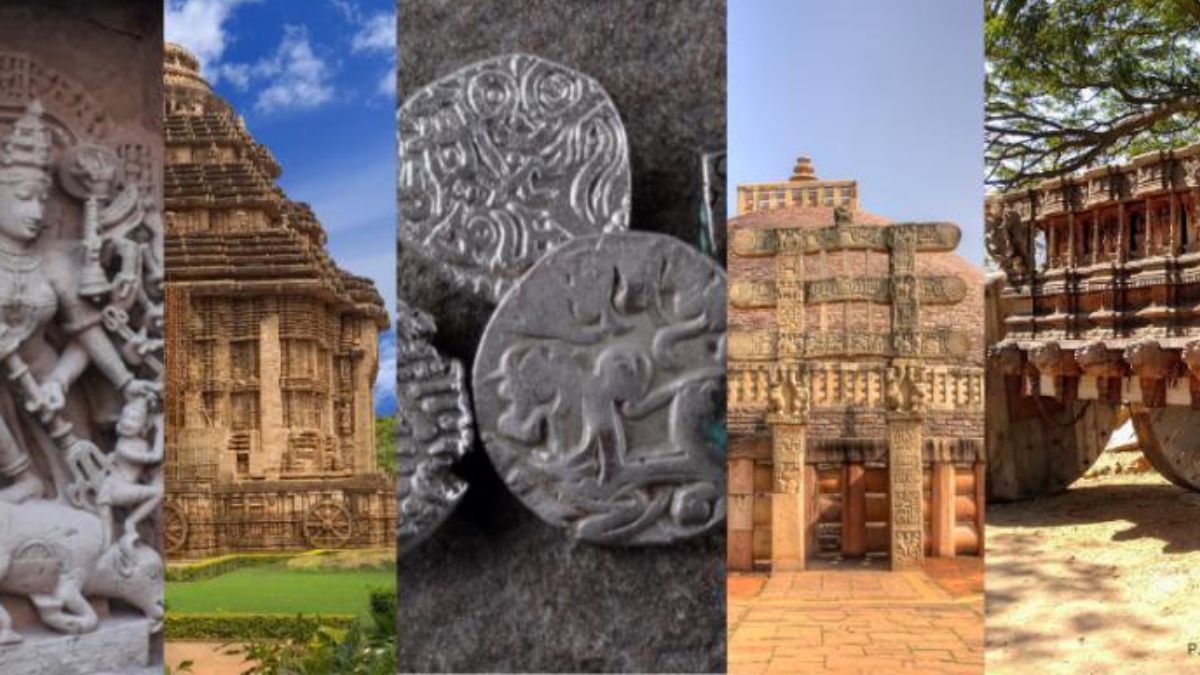Culture, variety, and history all come alive in India. India has a long and rich history that spans many different dynasties, faiths, and cultures. Exploring India’s ancient past might reveal interesting details about the country’s history and cultural development. In this post, we shall delve into the deep and varied culture of ancient India.
Culture and Environment
The Indus Valley, now part of Pakistan, and the Ganges River Valley, which runs through northern India, were the geographic epicenters of ancient Indian culture. The culture was highly developed, with highly developed urban planning, trade, and agricultural systems. The Indus Valley Civilization had sophisticated urban planning and a sophisticated drainage system.
Philosophy and Faith
Religion was very important to ancient Indians, and Hinduism was the state religion. During this time, new faiths like Buddhism and Jainism arose as well. Some of the ancient works that influenced Hinduism and Indian philosophy are the Vedas, the Upanishads, and the Bhagavad Gita. Central to Hindu philosophy are the ideas of karma, dharma, and moksha, which continue to shape Indian philosophy and culture today.
The Cultural Arts
The performing arts of music, dance, and theatre were deeply ingrained in ancient Indian culture. Raga and tala, the foundations of Indian classical music, developed during this time. This historical period also saw the development of classical dance styles including Bharatanatyam, Kathak, and Odissi. The Ramayana and the Mahabharata, two epics from India, also rose to prominence at this time.
Science and Engineering
Numerous ancient Indian scientists and thinkers made important advances in a variety of fields. India is widely credited as the birthplace of the decimal system and the zero. Aryabhata, a mathematician from India, made significant contributions to the area of mathematics early on. Ayurveda, an ancient Indian medical system, is also famous for its all-encompassing perspective on health and wellness.
Structures of Government and the Economy
Several dynasties and empires, such as the Maurya, Gupta, and Mughal, took turns ruling over India throughout antiquity. Under Emperor Ashoka, the Mauryan Empire became famous for its well-organized government and widespread adoption of Buddhism. The mathematical and astronomical accomplishments of the Gupta Empire helped make it famous. When India was dominated by the Mughal Empire (from the 16th to the 19th centuries), the country was at the height of its architectural and artistic glory.
India’s location at the intersection of East and West made it an important center for international trade in ancient times. The Gupta Empire had extensive trading contacts with China, Southeast Asia, and the Roman Empire, while the Indus Valley Civilization traded with Mesopotamia and other locations. Textiles, spices, and precious stones were among India’s most well-known exports.
Conventions of Society and Culture
The caste system in ancient India was incredibly intricate. The caste system assigned people to specific jobs and social classes at birth. People may rise or fall in status depending on their accomplishments or lack thereof, but the system was dynamic.
Women played an important part in ancient Indian society; some even held positions of authority. In some parts of India, widows were expected to sacrifice themselves on their husband’s funeral pyre, a practice known as Sati.
Modern India’s Global Impact
Modern India and the rest of the globe have been shaped by ancient India’s legacy. Yoga is a spiritual and physical discipline that has spread over the world from its ancient Indian origins. The global popularity of Indian classical music and dance continues to grow. Ayurveda, the traditional Indian system of medicine that emphasizes prevention rather than cure, has also become increasingly well-liked.
The scientific and mathematical advancements made in ancient India have had far-reaching consequences. The invention of zero in India sparked a mathematical revolution and paved the door for the creation of cutting-edge computers. The contributions of Indian mathematicians such as Aryabhata and Brahmagupta are still studied and admired today.
Numerous contemporary beliefs and behaviors have been influenced by ancient Indian philosophies. Many people have been motivated to live a meaningful life by the ideas of karma, dharma, and moksha. Growing in popularity as a method of relieving stress and bettering oneself, mindfulness and meditation have their origins in ancient Indian philosophy.
Protecting India’s Cultural Heritage
Understanding India’s past and its contributions to the globe requires preserving its legacy from the ancient era. The government of India has taken a number of steps to spread awareness of and protect the country’s extensive cultural history. The Archaeological Survey of India is in charge of protecting India’s historic buildings and landmarks.
The study of ancient Indian history, culture, and philosophy is also highly valued within the Indian educational system. Courses on ancient Indian history and philosophy are available at a wide variety of universities.
Conclusion
In conclusion, learning about ancient India is a fascinating way to learn about India’s history and its many contributions to the globe. The scientific, philosophical, artistic, and cultural achievements of this civilization have had and continue to have a global impact. The rich history of India can be better understood and its richness and complexity appreciated if its cultural traditions are preserved.











